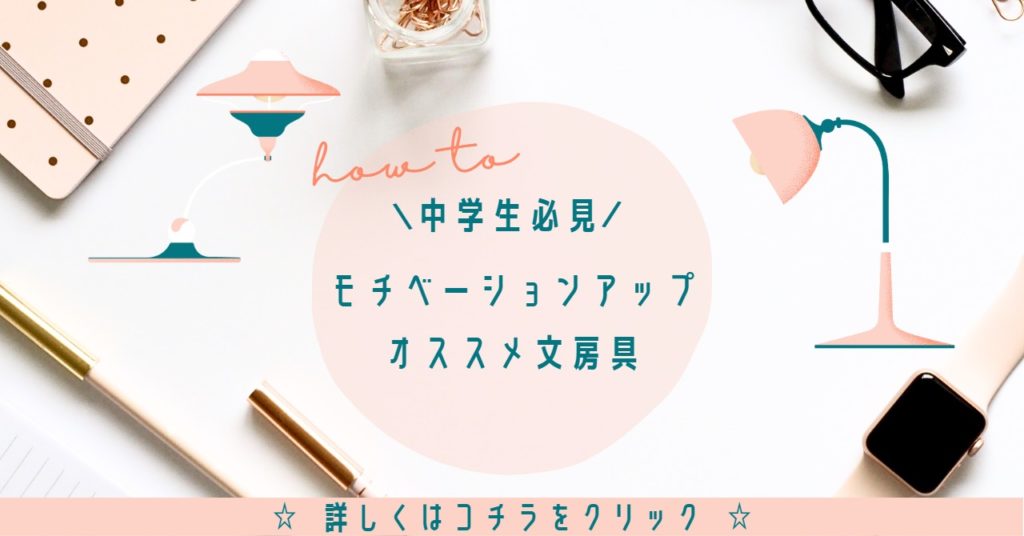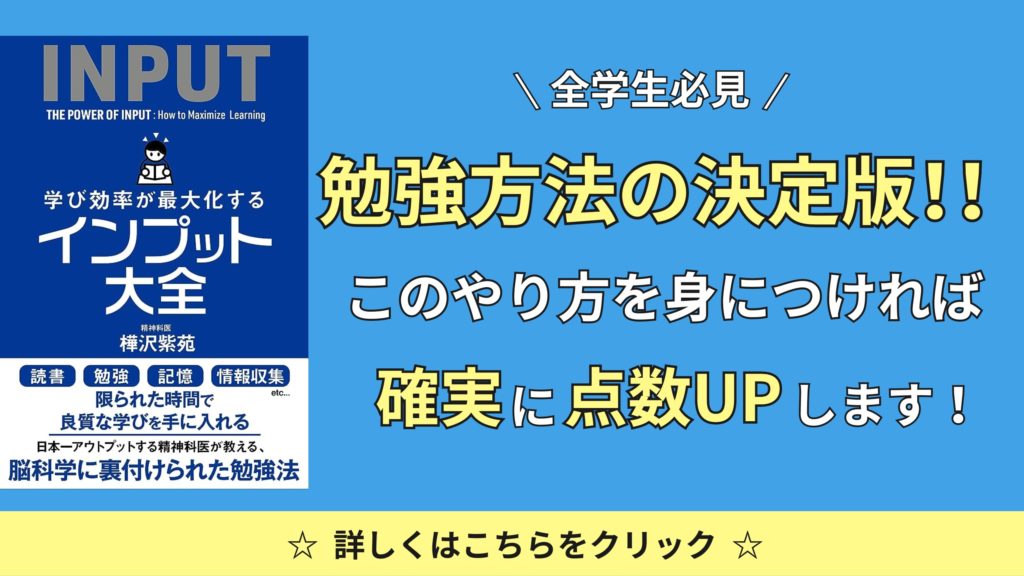光村図書 中学2年生 Here We Go! Let’s Read3の本文の日本語訳と重要箇所の解説です。
日本で生まれた絵文字についてのお話です。今や世界中で使われている絵文字ですが,同じ絵文字であっても国によっては意味が大きく違うことがあります。
読んでみると新しい発見があって面白いと思うので,英語を学びつつ絵文字についての知識も吸収しちゃいましょう!では一緒に本文を読んでいきましょう。
>中2Here We Go! Let’s Read1 本文和訳
>中2Here We Go! Let’s Read2 本文和訳
- Let’s Read3 本文と日本語訳
- 重要語句
- Let’s Read3 重要事項の解説
- Do you like to use emojis?
- They were inspired by Japanese manga and pictograms, and they were made for Japanese cellphones.
- In fact, a famous dictionary in the U.K. chose an emoji, (Face of Tears of Joy), as its “Word of the Year” in 2015.
- But showing our feelings in text is sometimes difficult.
- That’s why emojis are convenient for everyone.
- There are over 1,800 different emojis, for example, faces, animals, foods, and weather.
- By the way, how do people in other countries use emojis?
- Is it the same way as Japanese people do it?
- There are some differences. What kind of differences are there?
- It has a positive meaning in Japan, but in the United States, it has both positive and negative meanings.
- You have to be careful of these differences because they may cause problems.
- The table below shows the favorite emojis of each language speaker.
- Emojis were born in Japan
- Let’s Read3 まとめ
Let’s Read3 本文と日本語訳
Emojis – From Japan to the World
絵文字 – 日本から世界へ
Do you like to use emojis?
「あなたは絵文字を使うのが好きですか?」
Emojis were invented in Japan in 1999.
「絵文字は1999年に日本で発明されました。」
They were inspired by Japanese manga and pictograms, and they were made for Japanese cellphones.
「絵文字は日本のマンガとピクトグラムに影響を受けて,日本の携帯電話用に作られました。」
Now, emojis are popular all over the world.
「今,絵文字は世界中で人気です。」
Everyone knows the word “emoji.”
「みんなが『絵文字』という単語を知っています。」
In fact, a famous dictionary in the U.K. chose an emoji, (Face of Tears of Joy), as its “Word of the Year” in 2015.
「実際,イギリスの有名な辞書は涙を流して喜んでいる絵文字を,2015年の『今年の単語』に選びました。」
About 90% of the world’s online population use emojis.
「世界のオンライン人口の約90%が絵文字を使っています。」
We like emojis because they show our feelings.
「絵文字は私たちの感情を示すので,私たちは絵文字を好んでいます。」
In conversation, we can use facial expression and tone of voice.
「会話では,表情や声のトーンを使うことができます。」
But showing our feelings in text is sometimes difficult.
「しかしテキストで感情を示すのは時に難しいです。」
That’s why emojis are convenient for everyone.
「それが,絵文字が誰しもに便利な理由です。」
They are used by lots of people in the world in various situations.
「絵文字は様々な状況で世界中のたくさんの人に使われています。」
There are over 1,800 different emojis, for example, faces, animals, foods, and weather.
「1800以上の異なる絵文字があります。例えば,顔,動物,食べ物,天気などです。」
By the way, how do people in other countries use emojis?
「ところで,他の国の人はどのように絵文字を使うのでしょうか?」
Is it the same way as Japanese people do it? The answer is no.
「日本人が絵文字を使うのと同じなのでしょうか?答えはNOです。」
There are some differences. What kind of differences are there?
「いくつかの違いがあります。どんな種類の違いがあるのでしょうか?」
Firstly, some emojis have different meanings in other countries.
「まず,一部の絵文字は他の国では異なる意味を持っています。」
For example, the “folded hands” means “thank you’ in Japan, but in some other countries, it means clapping, blessed, or praying.
「例えば,両手を合わせた絵文字は日本では『ありがとう』を意味しますが,一部の国では拍手や恵み,祈りを意味します。」
Another example is the face of “tears of joy”.
「他の例は涙を流して喜んでいる顔です。」
It has a positive meaning in Japan, but in the United States, it has both positive and negative meanings.
「日本では良い意味ですが,アメリカでは良い意味と悪い意味の両方があります。」
You have to be careful of these differences because they may cause problems.
「こういった違いは問題を引き起こすかもしれないので,気をつけなければなりません。」
For example, you should not use waving hand emoji with friends in China.
「例えば,中国で友達に手を振る絵文字を使うべきではありません。」
It sometimes means “I don’t want to be your friend” in their country.
「それは時に中国では,『私はあなたの友達になりたくありません』という意味になります。」
Secondly, speakers of different languages have their favorite emojis and use them very often.
「次に,それぞれの言語の話者にはお気に入りの絵文字があり,それをとても頻繁に使います。」
For example, Arabic speakers love flowers, plants, and sun emojis.
「例えば,アラビア語の話者は花や植物,太陽の絵文字を好みます。」
French speakers love heart emojis.
「フランス語の話者はハートの絵文字を好みます。」
The table below shows the favorite emojis of each language speaker.
「下の表は各言語の話者のお気に入りの絵文字を示しています。」
They reflect differences of language and culture.
「絵文字は言語や文化の違いを反映しています。」
Emojis were born in Japan, but now they are used by people around the world in different ways.
「絵文字は日本で生まれましたが,今や様々な方法で世界中の人に使われています。」
There are a lot of languages and cultures in the world, and we sometimes misunderstand each other.
「世界にはたくさんの言語や文化があり,私たちは時にお互いを誤解してしまいます。」
We should be careful when we choose our emojis, too!
「絵文字を選ぶときも気をつけるべきです!」

重要語句
・invent 「を発明する」 ・population 「人口」
・conversation 「会話」 ・facial expression 「表情」
・various 「様々な」 ・situation 「状況」
・firstly 「まず,第一に」 ・meaning 「意味」
・folded 「fold(を折る)の過去形」 ・mean 「を意味する」
・clap 「拍手する」 ・blessed 「恵まれた」
・pray 「祈る」 ・secondly 「次に,第二に」
・reflect 「を反映する」 ・misunderstand 「を誤解する」
・each other 「お互い」
Let’s Read3 重要事項の解説
Do you like to use emojis?
この文では「不定詞の名詞的用法」が使われていますね。名詞的用法なので「動名詞」にも書き換えできます。
They were inspired by Japanese manga and pictograms, and they were made for Japanese cellphones.
“inspire”は「鼓舞する,刺激を与える」といった動詞です。また,この文では「受動態」も使われていますね。
In fact, a famous dictionary in the U.K. chose an emoji, (Face of Tears of Joy), as its “Word of the Year” in 2015.
“in fact”は「実際は」という重要表現です。必ず覚えましょう!
イギリスは正式名称が“the United Kingdom of Great Britain and Northern Ireland(グレート・ブリテン及び北アイルランド連合王国)”で,省略して“the U.K.”や“the United Kingdom”と言われます。ただ,最も一般的なのは“Britain”です。
“chose”は“choose(選ぶ)”の過去形で,“as”は「~として」という重要な前置詞です。
But showing our feelings in text is sometimes difficult.
この文では「動名詞」が主語として使われていますね。
“feeling”は「感情」で,“text”は「文書,テキスト」といった意味です。
That’s why emojis are convenient for everyone.
“That’s why~.”で「それが~の理由だ,そういうわけで~」という重要表現です。
“convenient”は「便利な」という形容詞で,名詞は“convenience”となります。コンビニエンスストアに含まれていますね。
There are over 1,800 different emojis, for example, faces, animals, foods, and weather.
まず「there構文」が使われています。“over”は「~より多くの」という前置詞です。
“for example”は「例えば」という重要表現です。必ず覚えましょう!
By the way, how do people in other countries use emojis?
“by the way”で「ところで」という重要表現です。会話でよく使われるのでしっかり覚えておきましょう。
Is it the same way as Japanese people do it?
“the same way as~”で「~と同じように」となります。この”as”は接続詞になるので後ろには文が続きます。
“do it”はそれぞれ直前に出てきた動詞と名詞を表していますね。つまり“use emojis”のことです。
There are some differences. What kind of differences are there?
どちらの文にも「there構文」が使われていますね。
“What kind of 名詞”で「どんな種類の名詞」という重要表現です。“kind”は形容詞で「優しい,親切な」,名詞で「種類」という意味があります。
It has a positive meaning in Japan, but in the United States, it has both positive and negative meanings.
“both A and B”で「AとBの両方」という重要表現です。似た表現で“between A and B”もありますが,これは「AとBの間」という意味です。
You have to be careful of these differences because they may cause problems.
“have to 動詞の原形”で「~しなければならない」という意味でしたね。助動詞の“must”と書き換え可能です。
“be careful of~”は「~に気をつける」といった意味合いです。
“may”は助動詞で「~かもしれない」,“cause”は動詞で「~を引き起こす」となります。
The table below shows the favorite emojis of each language speaker.
“below”は「下の」という副詞です。
“each”は「それぞれの」という形容詞で,2つの使い方があります。
まず“each+単数名詞”のパターンです。意味は「それぞれの名詞」となりますが,単数扱いになる点に要注意です!
“Each student wants to play soccer.(どの生徒もサッカーをしたがっている)”
次に“each of+複数名詞”のパターンです。意味はこちらも「それぞれの名詞」で単数扱いになりますが,”each+単数名詞”よりももっと具体的な範囲を指定できます。
“Each of my students wants to play soccer.(私の生徒はそれぞれサッカーをしたがっている)”
直訳しているので日本語訳が少し変ですが,“each of+複数名詞”の場合は「私の生徒」のように名詞をより具体的に説明することができます。
微妙な違いがあることを,頭の片隅でいいので入れておきましょう。
Emojis were born in Japan
“be born”で「生まれる」という意味になります。使われることが多い表現なので覚えておきましょう。

Let’s Read3 まとめ
以上がLet’s Read3の日本語訳となります。
重要な語句や文法が数多く登場します。文章は長いかもしれませんが,内容としては読みやすく勉強にもなると思います!
繰り返し音読をして,しっかり内容と表現を掴んでいきましょう!
>中2Here We Go! Let’s Read1 本文和訳
>中2Here We Go! Let’s Read2 本文和訳
何か分からない点や他に解説してほしい点があれば,お気軽にコメントしてください!




コメント